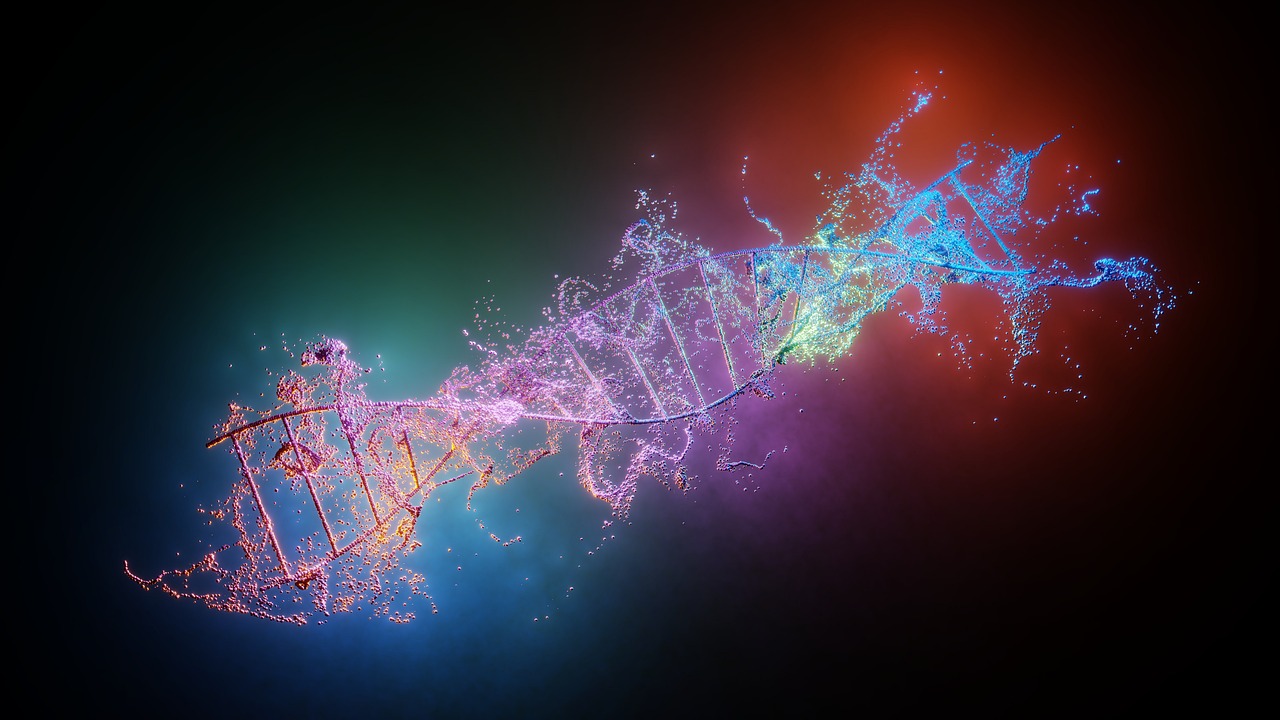Reprogramming the Clock: The Future Feasibility of Cellular Rejuvenation
The idea of reversing aging has fascinated scientists and the public alike for centuries. What if we could turn back time, not just for the body, but for the very cells that make it up? In recent years, groundbreaking research into cellular reprogramming has sparked hope that we might one day be able to rejuvenate our cells and reverse some of the effects of aging. One of the most exciting developments in this area is the discovery of induced pluripotent stem cells (iPSCs), a technique that could potentially reset the biological clock of our cells.
What Are Induced Pluripotent Stem Cells (iPSCs)?
Induced pluripotent stem cells are adult cells that have been genetically reprogrammed to revert to a more “youthful” state, similar to embryonic stem cells. These cells are pluripotent, meaning they have the potential to develop into any type of cell in the body—whether it’s a heart cell, skin cell, or brain cell. The most notable method of creating iPSCs involves the use of reprogramming factors, which were discovered by Japanese scientist Shinya Yamanaka in 2006.
Yamanaka’s breakthrough was the identification of just four genes—commonly known as the “Yamanaka factors”—that could be introduced into adult cells to turn them into pluripotent stem cells. This discovery not only won him a Nobel Prize but also opened up new possibilities for regenerative medicine and anti-aging research.
Cellular Reprogramming and Aging
Aging is a complex process, but one of the hallmarks is the gradual accumulation of damaged cells and tissues. As we age, our cells become less efficient at repairing themselves, and many of them lose their ability to divide or function optimally. This leads to a decline in tissue health and an increased susceptibility to diseases like cancer, Alzheimer’s, and cardiovascular issues.
Cellular reprogramming, particularly through the creation of iPSCs, offers a fascinating possibility: reversing this damage by rejuvenating the cells. By using reprogramming factors to reset cells to a pluripotent state, it might be possible to restore their youthful functions, reduce damage, and even reverse some age-related diseases.
The Potential Benefits of Cellular Rejuvenation
- Regenerating Damaged Tissues: One of the most promising applications of iPSCs is the ability to regenerate damaged tissues. For example, if heart cells have been damaged due to aging or disease, we could potentially replace them with newly reprogrammed cells that are healthier and more youthful. This could revolutionize treatments for heart disease, neurological disorders, and more.
- Reversing Cellular Senescence: As we age, a growing number of cells become senescent—they stop dividing but don’t die off. These cells accumulate and contribute to inflammation and the decline of tissues. Reprogramming techniques may help remove these senescent cells and replace them with fresh, healthy ones.
- Improving Stem Cell Therapies: By using iPSCs, we could have access to a limitless supply of pluripotent cells, which could be used to treat various degenerative diseases or conditions. Since iPSCs are derived from the patient’s own cells, they could also reduce the risk of immune rejection, a common issue with stem cell therapies.
- Delaying Age-Related Diseases: By reprogramming cells to maintain their youthful vigor, it may be possible to delay the onset of age-related diseases such as Alzheimer’s disease, Parkinson’s disease, and muscular dystrophy, improving the quality of life for elderly individuals.
Challenges to Overcome
While the potential for cellular rejuvenation is enormous, there are still significant hurdles that need to be addressed before we can use this technology in humans.
- Efficiency of Reprogramming: The process of reprogramming adult cells into iPSCs is not perfect. It’s still challenging to achieve a high efficiency rate, meaning that not all cells reprogram successfully.
- Risk of Tumor Formation: One of the key risks with iPSC technology is the potential for tumorigenesis—the formation of tumors. The reprogramming process can sometimes lead to uncontrolled cell growth, which could result in cancer. Scientists are working on improving the safety of the process, but it remains a significant concern.
- Ethical Concerns: Since iPSCs involve altering the genetic makeup of cells, there are ethical concerns regarding their use, particularly when it comes to human genetic modification. Questions about the long-term effects, the potential for misuse, and consent issues will need to be addressed before iPSCs can be used in widespread treatments.
- Aging of Reprogrammed Cells: Even after reprogramming, it’s possible that the cells could still show signs of aging over time. This means that the full reversal of aging may be more complicated than simply resetting the cellular clock. Researchers are still working to understand the long-term viability of reprogrammed cells.
The Future of Cellular Reprogramming in Anti-Aging
While there are still significant challenges to overcome, the potential for cellular rejuvenation through iPSCs and reprogramming technology is enormous. If these hurdles can be addressed, it could revolutionize not only anti-aging treatments but also the way we approach regenerative medicine.
In the near future, we might see therapies that use reprogrammed cells to treat degenerative diseases, repair damaged organs, and possibly even reverse the aging process itself. This technology could be part of the answer to healthy aging, allowing individuals to live longer, more vibrant lives while reducing the impact of age-related diseases.
In conclusion, the possibility of using cellular reprogramming to reverse aging is still in its early stages, but it holds incredible promise. As science continues to advance, we may one day look back at this moment as the beginning of a new era in the fight against aging.

